Truly He Is the Son of God!
Centurion at the foot of the cross
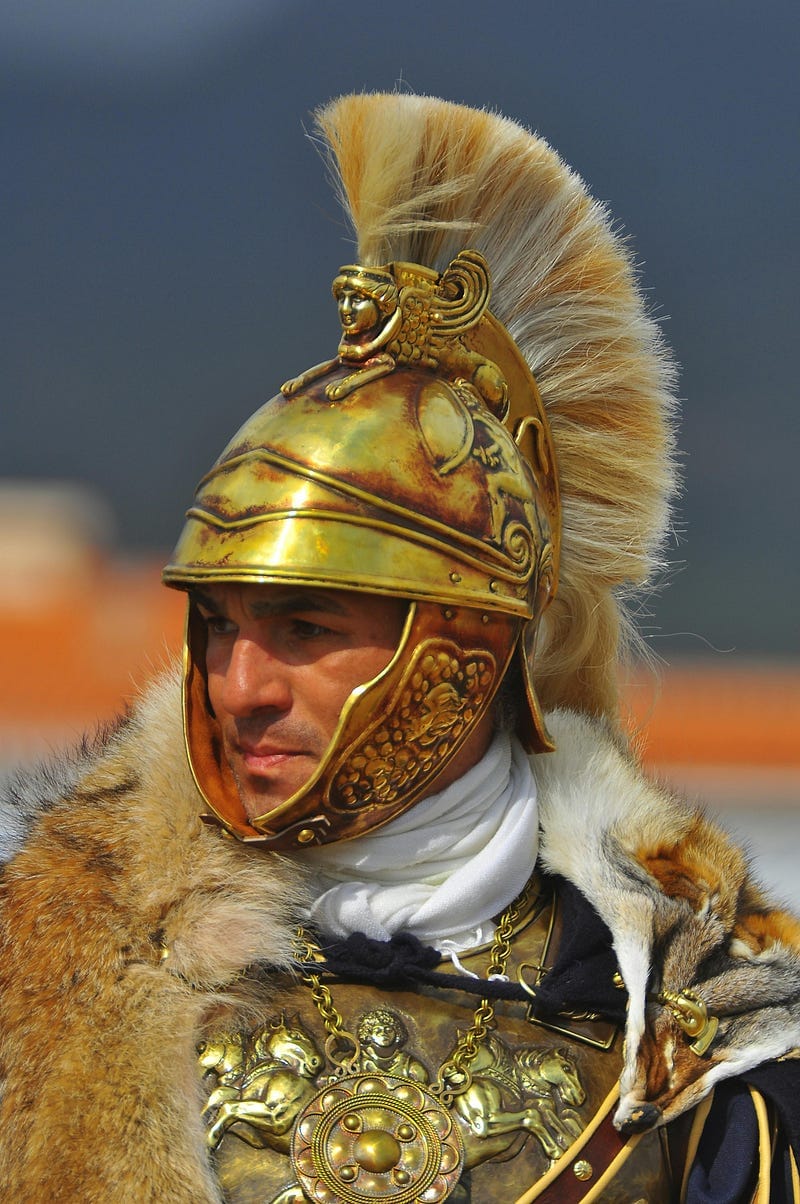
Good Friday over 2000 years ago was a day that changed history. His Story is history. Jesus was crucified. Roman soldiers carried out the orders. At the foot of the cross, a witness to it all was a Roman centurion, a commander.
Crucifixion was the punishment for lawbreakers. That was the law and the way of life in Jerusalem then as Rome had conquered Israel. Culture is defined as the customs or ways of life in a society. Cultures within cultures exist and may be different than the way other individuals choose to live within it. Jews lived differently than Romans.
When the Greeks under Alexander the Great conquered many lands and forced others to learn to speak Greek, that caused the lingua franca or common language to be spoken there. Greek and Latin were languages spoken besides Hebrew.
Communication in the Roman culture followed as they tried to amalgamate others by forcing nations to surrender to their lifestyle and laws. Within the Roman conquest where they renamed the Mediterranean Sea Mare Nostrom, “Our Sea,” Rome sent out rulers and soldiers.
Words
Some Roman soldiers and leaders were ordered to serve in Israel. Legions of soldiers formed the army. Then centurions functioned as commanders of armies of 100 soldiers.
The root word cent also indicates that one hundred pennies in English equals one whole dollar. Likewise, centuries are one hundred years long. Over 20 centuries ago, or 2000 years ago (20 x 100), centurions were sent to Jerusalem. They carried out the policies of Roman rulers.
Centurions are mentioned in Matthew, Mark, Luke, and Acts. Whether or not some mentions of them were the same person is not the issue. The one who was at the foot of the cross is significant.
Prophesied from centuries before that an innocent lamb would have to die in place of the guilty to satisfy God, he did not know the truth of what that meant, but he did accept the reality. From the list of 30 Old Testament Scriptures to the New Testament Fulfillment, timing matters.
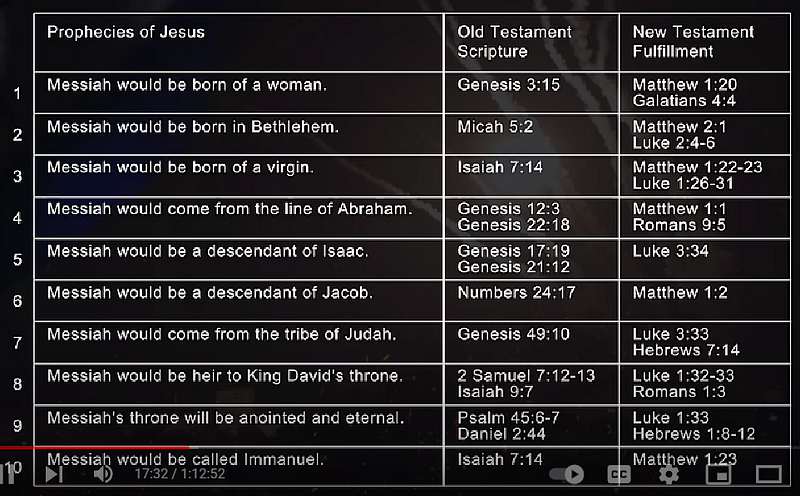
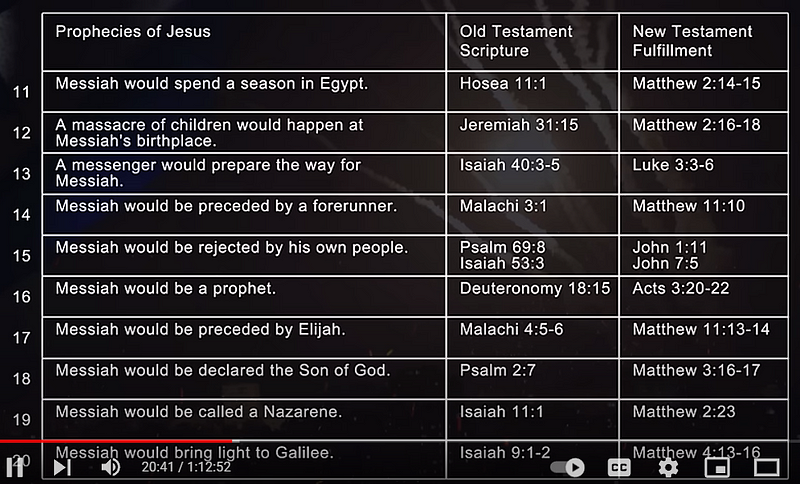
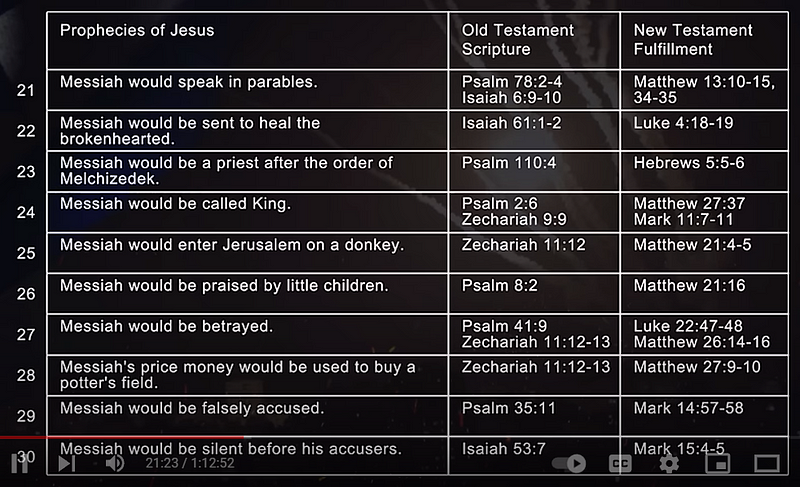
Perceptions
The centurion watched the behavior of Jesus on the cross as He suffered and died. He said, “Truly this man is the Son of God!” As a Roman, he may not have heard or known of all the prophecies fulfilled that day.
Christians are born twice and die once. The centurion believed. He spoke of what he saw. His life changed that day.
Those who reject Jesus are born once and die twice. Being good enough — following all the laws — does not rescue people from the wrath of perfect God. Accurate news about Someone who can defend us is welcomed!
The centurion who was on “Skull Hill” that day where Jesus was crucified was like the rest of his Roman culture, supposedly, at the beginning of the day. When anyone one say, “Everybody does it,” that is fake news. Not all centurions are cruel puppets of an evil empire. The centurion was not the same person at the end of the day.
His words were not condemning words like others. At the beginning of the crucifixion, he may have expected the usual law breakers deserving punishment. Instead, he perceived that Jesus really was the Son of God. He shifted away from fake news to embrace the truth to become the person he was created to be by declaring that Jesus really is the Son of God.
Paradoxes
Believing is not merely thinking. These two words are often perceived by many as synonyms. Belief is not intellectual ascent. Belief is action. Believing is an transitive verb with an object. The Roman centurion at the foot of the cross saw what was happening: Roman law at the request of others who wanted to kill Jesus was integral to the plan of God to rescue us.
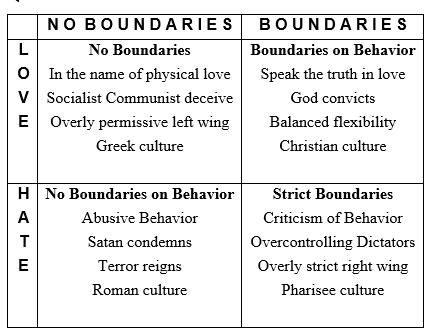
Examples
After Jesus was falsely condemned by fake news, according to Mark 12: 15–38, the documentation of what happened next is an example of culture and choice. Was the centurion part of the group of soldiers at that point in time?
The soldiers led Jesus away into the palace (that is, the Praetorium) and called together the whole company of soldiers. They put a purple robe on him, then twisted together a crown of thorns and set it on him. And they began to call out to him, “Hail, king of the Jews!”
Again and again they struck him on the head with a staff and spit on him. Falling on their knees, they paid homage to him. And when they had mocked him, they took off the purple robe and put his own clothes on him. Then they led him out to crucify him.
A certain man from Cyrene, Simon, the father of Alexander and Rufus, was passing by on his way in from the country, and they forced him to carry the cross. They brought Jesus to the place called Golgotha (which means “the place of the skull”). Then they offered him wine mixed with myrrh, but he did not take it. And they crucified him. Dividing up his clothes, they cast lots to see what each would get.
It was nine in the morning when they crucified him. The written notice of the charge against him read:
THE KING OF THE JEWS
They crucified two rebels with him, one on his right and one on his left. Those who passed by hurled insults at him, shaking their heads and saying, “So! You who are going to destroy the temple and build it in three days, come down from the cross and save yourself!”
In the same way the chief priests and the teachers of the law mocked him among themselves. “He saved others,” they said, “but he can’t save himself! Let this Messiah, this king of Israel, come down now from the cross, that we may see and believe.” Those crucified with him also heaped insults on him.
At noon, darkness came over the whole land until three in the afternoon. And at three in the afternoon Jesus cried out in a loud voice, “Eloi, Eloi, lema sabachthani?” (which means“My God, my God, why have you forsaken me?”).
When some of those standing near heard this, they said, “Listen, he’s calling Elijah.” Someone ran, filled a sponge with wine vinegar, put it on a staff, and offered it to Jesus to drink. “Now leave him alone. Let’s see if Elijah comes to take him down,” he said.
With a loud cry, Jesus breathed his last.
The curtain of the temple was torn in two from top to bottom. And when the centurion, who stood there in front of Jesus, saw how he died, he said, “Surely this man was the Son of God!”
Fake news
That moment in time changed the centurion. Would he also have been chosen to guard the tomb where Jesus was buried that day? Matthew 27:62–28:15 explains what the Roman ruler told guards to do. Was the centurion aware of the deceptive plot to discredit the divine work of Jesus?
The next day, the one after Preparation Day, the chief priests and the Pharisees went to Pilate.
“Sir,” they said, “we remember that while he was still alive that deceiver said, ‘After three days I will rise again.’ So give the order for the tomb to be made secure until the third day. Otherwise, his disciples may come and steal the body and tell the people that he has been raised from the dead. This last deception will be worse than the first.”
“Take a guard, ”Pilate answered. “Go, make the tomb as secure as you know how.” So they went and made the tomb secure by putting a seal on the stone and posting the guard.
After the Sabbath, at dawn on the first day of the week, Mary Magdalene and the other Mary went to look at the tomb.
There was a violent earthquake, for an angel of the Lord came down from heaven and, going to the tomb, rolled back the stone and sat on it. His appearance was like lightning, and his clothes were white as snow. The guards were so afraid of him that they shook and became like dead men.
The angel said to the women, “Do not be afraid, for I know that you are looking for Jesus, who was crucified. He is not here; he has risen, just as he said. Come and see the place where he lay. Then go quickly and tell his disciples: ‘He has risen from the dead and is going ahead of you into Galilee. There you will see him.’ Now I have told you.”
So the women hurried away from the tomb, afraid yet filled with joy, and ran to tell his disciples. Suddenly Jesus met them.
“Greetings,” he said. They came to him, clasped his feet and worshiped him. Then Jesus said to them,“Do not be afraid. Go and tell my brothers to go to Galilee; there they will see me.”
While the women were on their way, some of the guards went into the city and reported to the chief priests everything that had happened. When the chief priests had met with the elders and devised a plan, they gave the soldiers a large sum of money, telling them, “You are to say, ‘His disciples came during the night and stole him away while we were asleep.’ If this report gets to the governor, we will satisfy him and keep you out of trouble.” So the soldiers took the money and did as they were instructed. And this story has been widely circulated among the Jews to this very day.
Critical thinking
Notice that deception and betrayal involve money. Pau wrote, “The love of money is the root of all evil.” In other words, the issue is who or what do you love the most? Where do you put your trust?
That will determine your motivation that got your attention which determines the direction that results in your destination.
In the end always consider the source. Believing lies and fake news or the truth? That is the question of trust. As the NOVA PBS Official Documentary cites,
Generative A.I. is now part of a larger ecosystem that is built on mistrust. We’re going to live in a world where we don’t know what’s real. There is distrust of governments, there is distrust of media, there is distrust of academics. And now throw on top of that video evidence. So-called video evidence. I think this is the very definition of throwing jet fuel onto a dumpster fire.
Who do you trust? Trust but verify.
Do not believe everything you hear.
Do not believe everything you think.
Do not believe everything you read.



